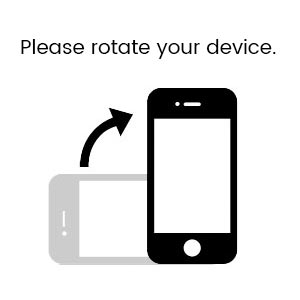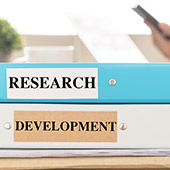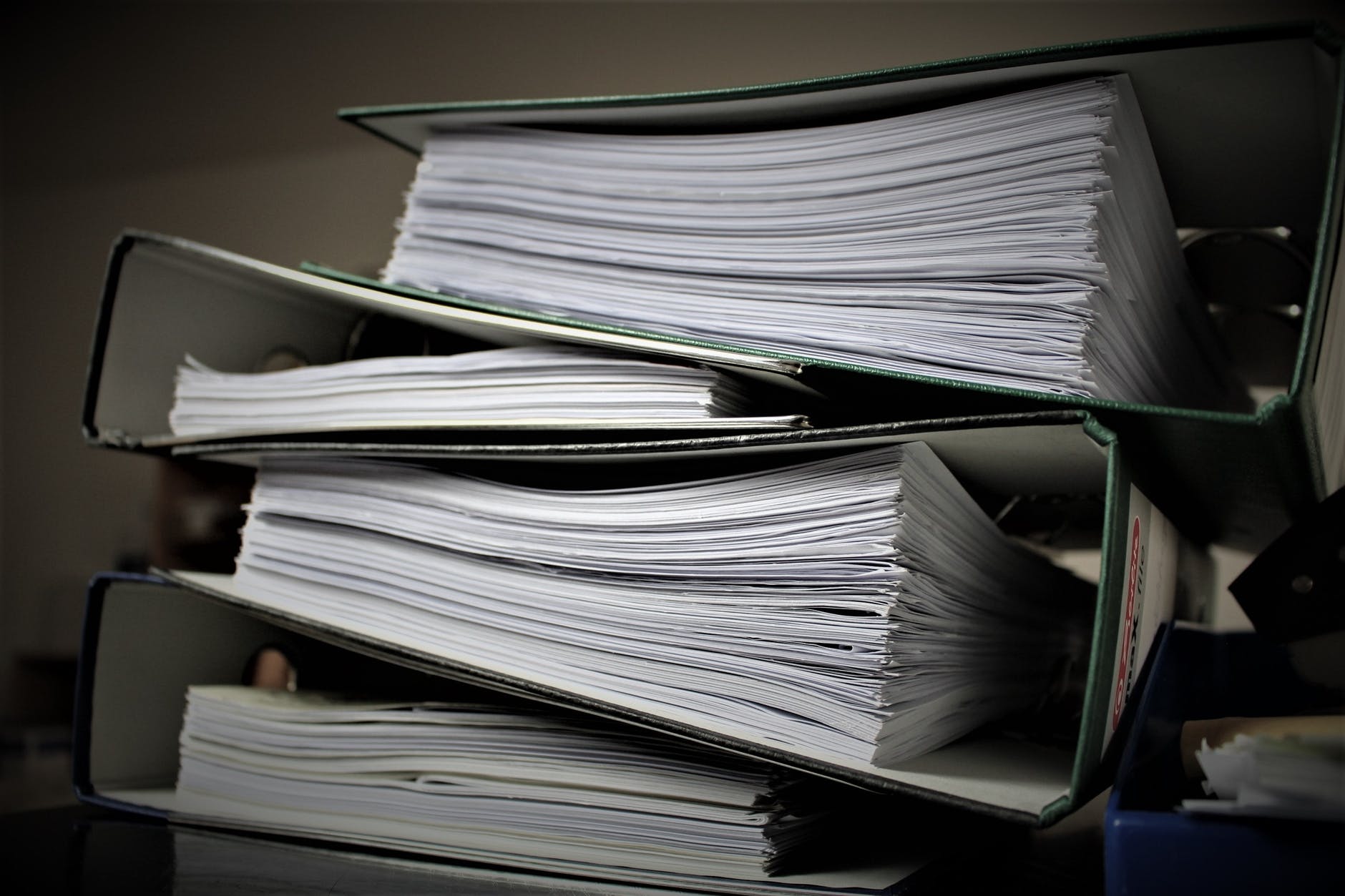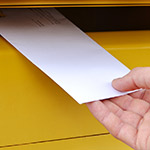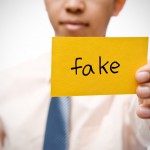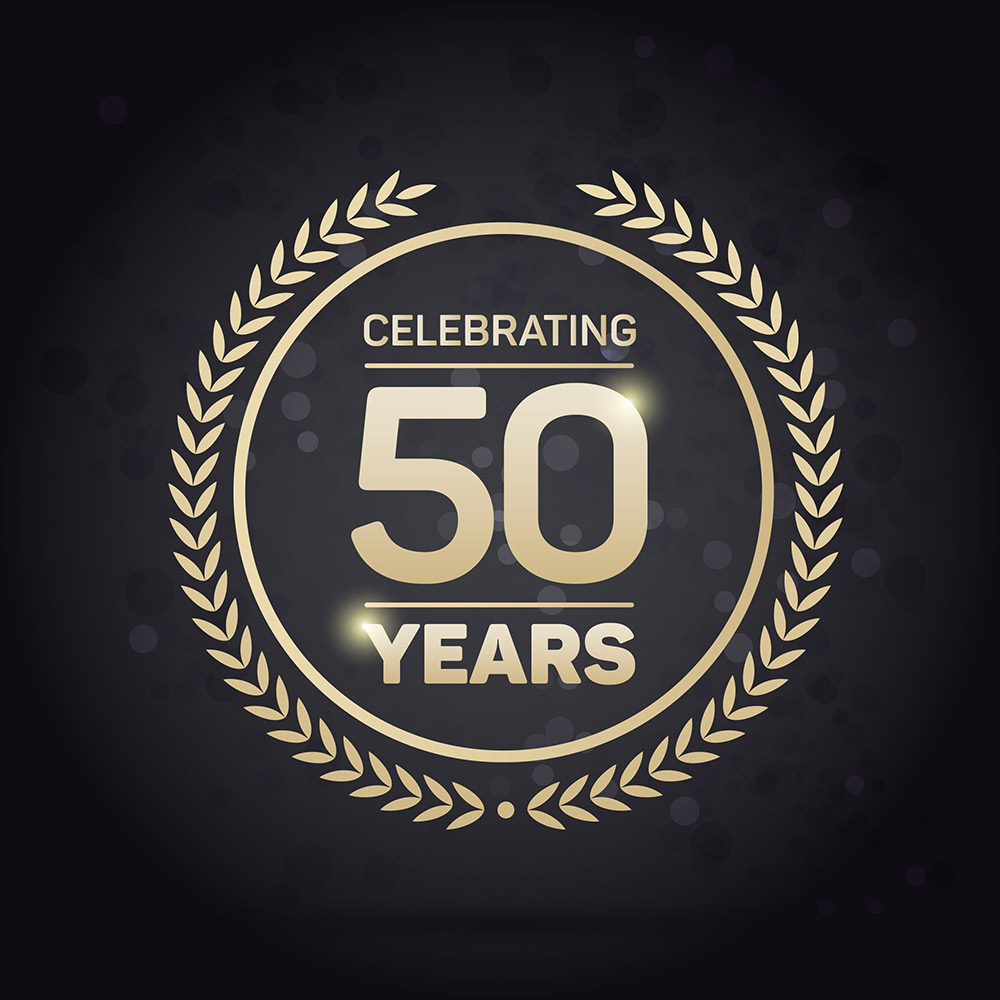Over the past decade or so, the attitude of Canadian courts towards borderline utilitarian copyrighted works has shifted towards recognition of the skill and judgment that makes such works subject to copyright.
In 2011, U.S. President Barack Obama signed into law the Leahy-Smith American Invents Act (AIA), one of the most sweeping changes to American patent law since 1952.
Perhaps the most significant change is the changeover from a “first-to-invent” regime to a “first-to-file” system, which came into effect on March 16, 2013. In addition, the AIA expanded the definition of prior art that can be cited against patent applications filed on or after this date to include foreign published documents and offers for sale. There is a grace period of one year from the date of first public disclosure for an inventor to file for a patent.
In addition to having a first-to-file regime in Canada for some time now, many Canadian applicants often seek patent protection in both Canada and the U.S. since the American market is the world’s largest. With the AIA, there is now an even bigger incentive to be the first to file.
With this in mind, it seems that most inventors or start-ups easily assure themselves that their product is unique in order to file early. They have “never” seen the likes of their invention in the market place, and their own Google patent search has turned up nothing. Often, thousands of dollars are spent at the outset to get a patent application on file at the patent office as quickly as possible.
However, this may not be the best course for an inventor or small business. There are alternative approaches that are less costly. Even where a patent application is warranted, applicants should be advised of an incremental process that protects their rights and spreads out the high cost of patenting over a manageable period of time.
The quid pro quo of a patent is a time-limited monopoly in exchange for teaching the public how to make and use one’s invention. Nevertheless, perhaps a trade secret (in which the details of making the invention are kept under lock and key) provides better protection for an inventor.
In this case, while there is no state-sanctioned monopoly, competitors are prevented from copying the invention so long as the details thereof remain secret. The caveat is that if another entity manages to reverse engineer the product, it can copy and reproduce the product at will. Coca-cola® is but one example of a successful trade secret.
Sometimes an industrial design will be the most appropriate tool to protect an inventor’s product. An industrial design is the visual features of shape, configuration, pattern, ornament or any combination thereof, applied to a finished article. For example, one may seek to protect a new design of a hockey bag or smartphone. Furthermore, a typical industrial design is about one-tenth the cost of a patent. Like a patent, an industrial design provides a limited monopoly in exchange for disclosing the full design of the product. The disadvantage is that a competitor may make changes to a successful design and market the alternate product.
If it is decided that filing a patent application is in the best interest of the applicant, then the best service a patent professional can offer an enthusiastic inventor is a professional search of worldwide patent databases and published records that relate to the invention. Applicants don’t realize that an obscure publication disclosed some 20 years ago, half-way around the world, still counts as prior art. If that publication happens to describe the very product that the applicant seeks to patent, no patent is possible, since the “invention” is not really new.
An in-depth search will provide the inventor with an idea of what has been patented and what is in the pipeline, with the caveat that there may be applications in the pipeline that have not yet been published. The results of such a search provide the inventor with a reality check as to the “uniqueness” of his/her invention. Sometimes, the same product is found in patent documents published long ago.

Or, one may find a series of patent documents that contain information on products that are similar (though not exact) to the proposed invention, making for a narrow — if not difficult — future patent.
In the case of a small or medium-sized business (“SMS business”), the patent professional can provide invaluable assistance by commissioning a patent landscape of a particular area of technology. This will help an SMS business in charting its research and development course and deciding how to allocate funds towards product development.
The patent professional is there to protect the best interest of one’s client. This includes sober advice, and a prudent strategy that helps the client to wisely invest in legal protection of her intellectual property.
Questions? If you have any questions please call 613-232-5300 to speak to a professional or email us at OwnWhatsYours@aventum.law.
